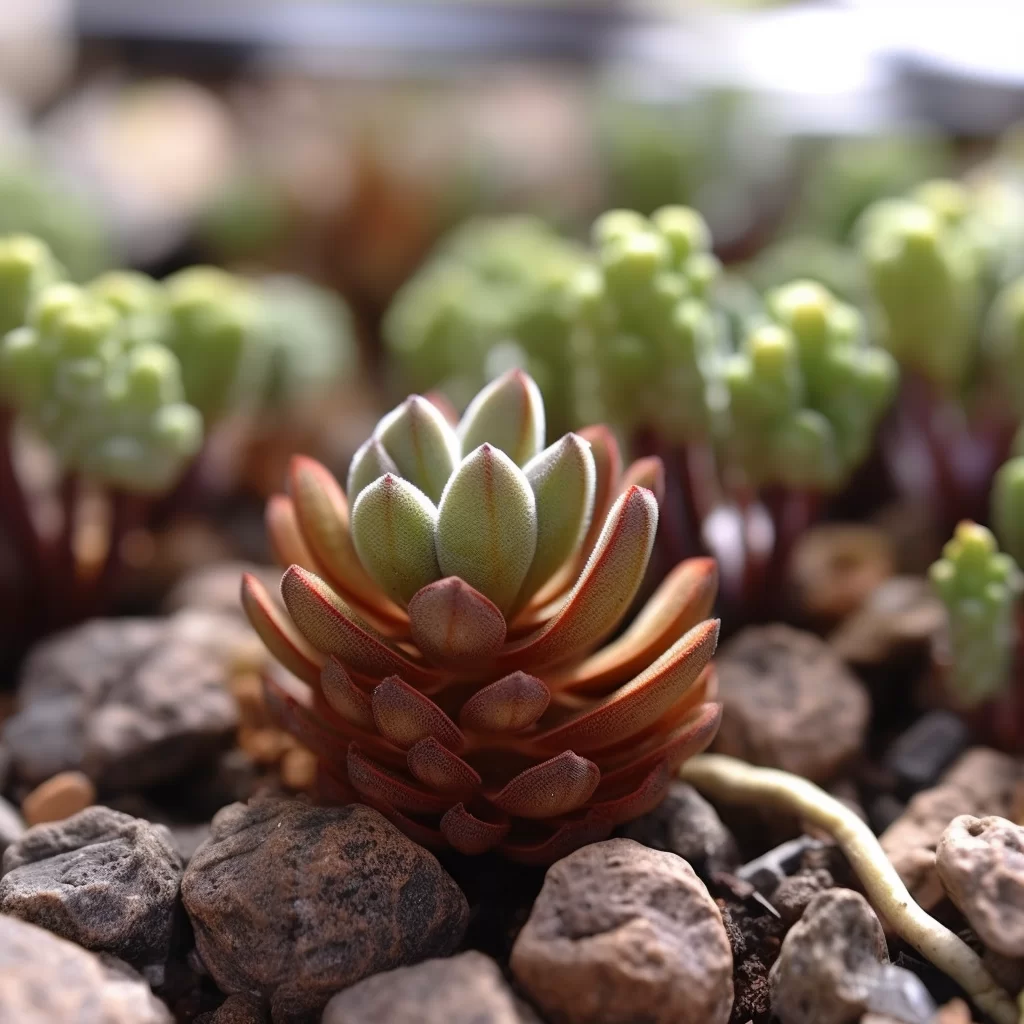Story of Day :
Contents
The Complete Guide and Care Tips for Lithop Plant
Gardening is an art that brings joy and satisfaction to whoever practices it.
There are different types of plants you can grow, but some stand out due to their unique features.
One such plant is the Lithops, also known as the living stone plant or pebble plant.
These small succulents are native to South Africa and have a distinctive appearance that makes them stand out from other plants.
What Is A Lithop Plant?
Lithops are small succulent plants that resemble stones or pebbles, which is why they’re commonly referred to as rock plants or living stones.
They belong to the Aizoaceae family and grow natively in harsh environments like deserts.
These low-maintenance houseplants come in various colors like green, gray, brown, pinkish-red, or yellow.
Their leaves appear fused together at their base with a slit-like opening on top where flowers emerge during winter.
Care Tips for Your Lithop Plant
If you want your lithop plant thriving instead of just surviving in your home garden – there are important care tips you should know about:

Soil Requirements
- Lithops require well-draining soil with low organic content for them not developing root rot disease.
- A combination of sand and perlite is ideal for ensuring proper drainage so they don’t sit in moist soil conditions too long.
Sunlight Requirements
- Lithops thrive under bright sunlight; however direct sunlight may burn its leaves causing them to turn yellow; therefore bright indirect light works best while limiting any exposure between 11:00 am-4:00 pm.
- It is good practice to introduce your lithop plant gradually to direct sunlight by keeping it in a shady spot and increasing exposure for an hour per day until they adjust to the new light conditions.
Watering Requirements
- Lithops are succulent plants, meaning they can store water in their leaves, therefore over-watering them can be fatal.
- The general rule of thumb is to water them sparingly during their growing season (spring and autumn) and not at all during winter or summer dormancy periods.
- The most efficient way of watering lithops is via the bottom, use a shallow tray with water as well-draining soil will soak up the needed moisture.
Pests and Diseases
- Lithops are relatively pest-resistant; however, mealybugs might appear occasionally; one should use an alcohol-dipped cotton swab on affected areas.
- Root rotting may occur from over-watering or fungus infection; If you notice any signs such as mushy roots or leaves falling off unassisted, it’s best practice to take immediate action by removing infected parts before replanting healthy root cuttings using fresh soil mix.

In conclusion
If you are looking for a unique houseplant that’s easy to care for yet offers a distinctive charm – Lithop plants are definitely worth considering! By following these care tips mentioned above, you will have your living stone plant thriving while adding something unique and interesting into your garden décor.
Remember: less is more when it comes to watering this succulent so don’t be tempted into excessive watering because too much love can kill!